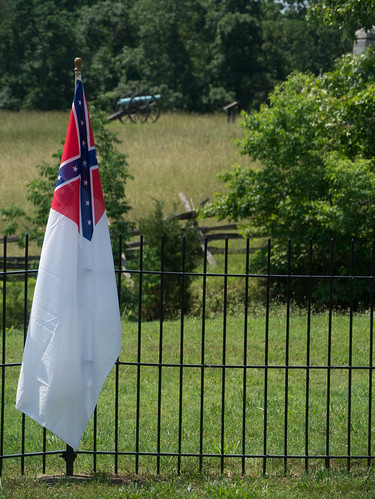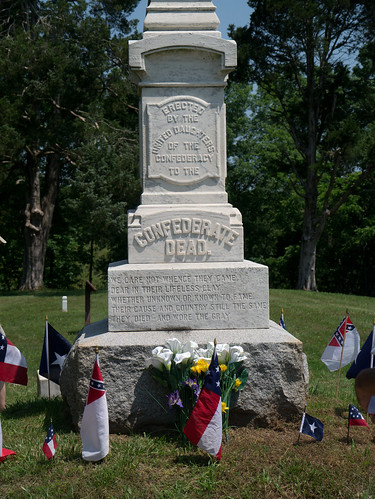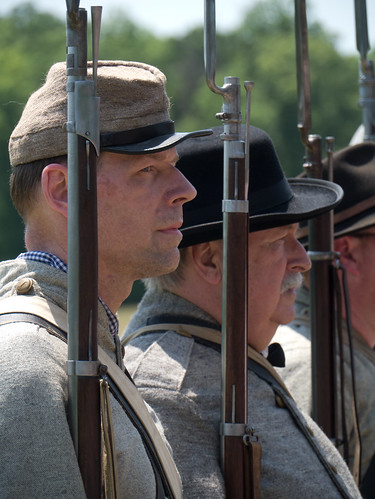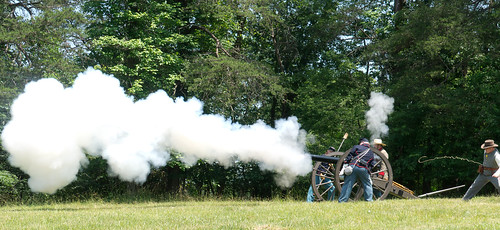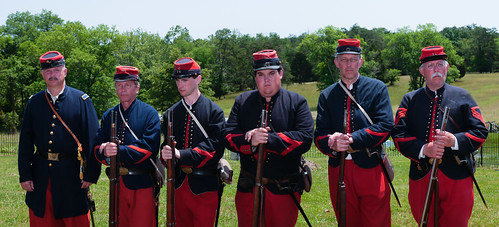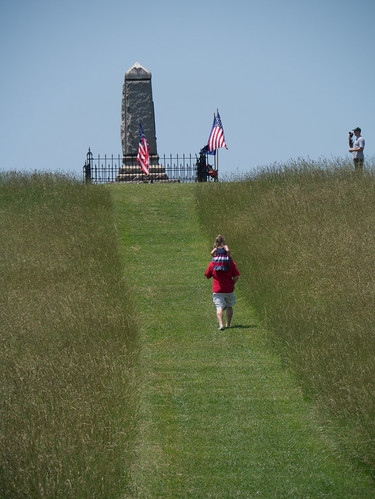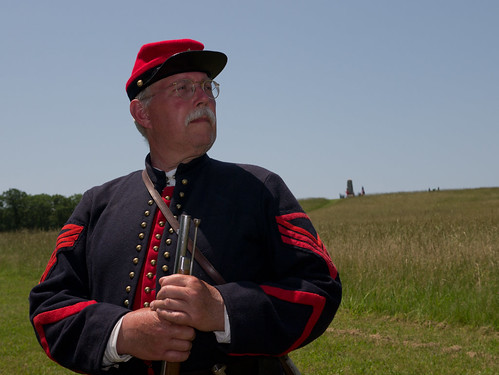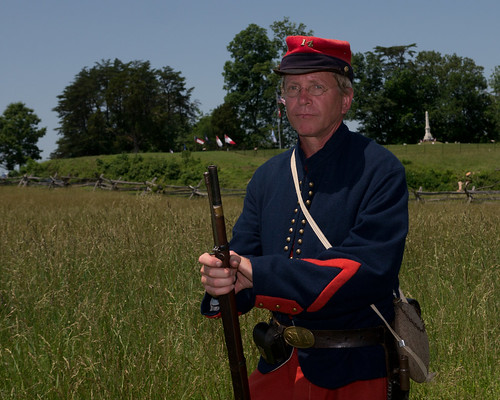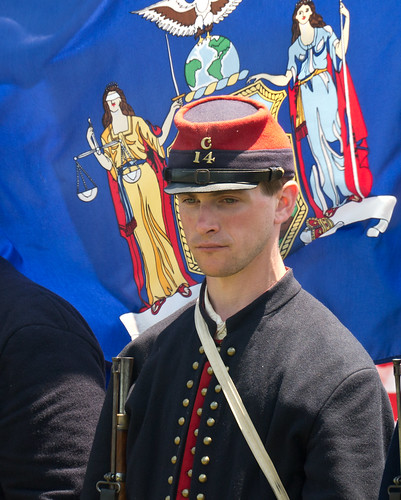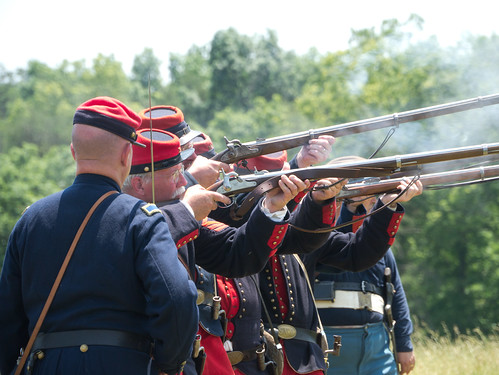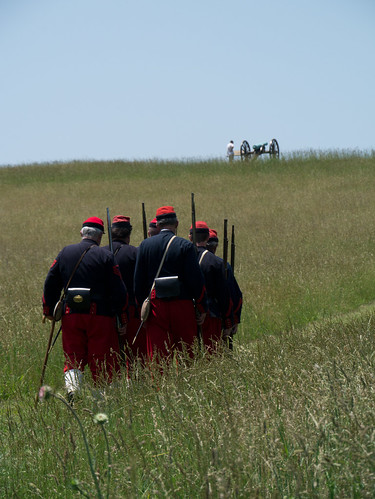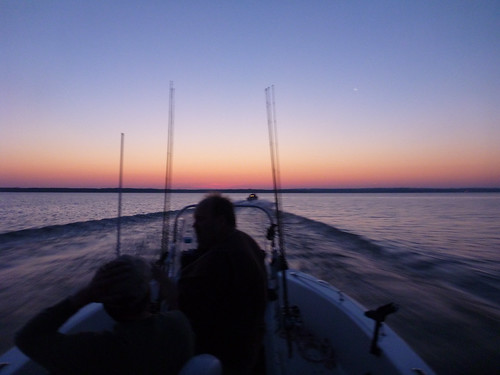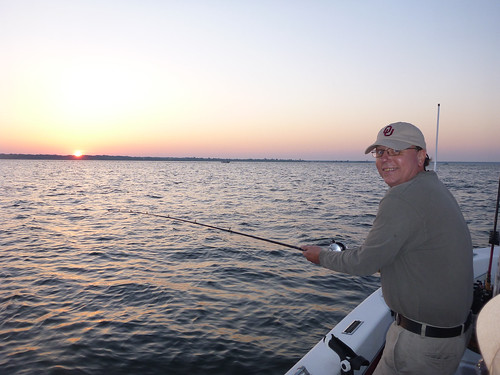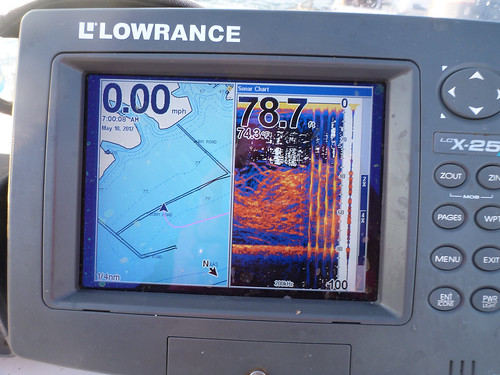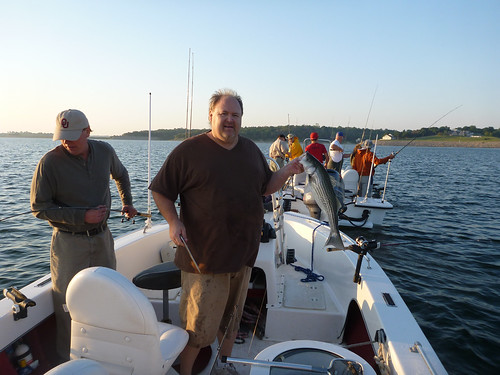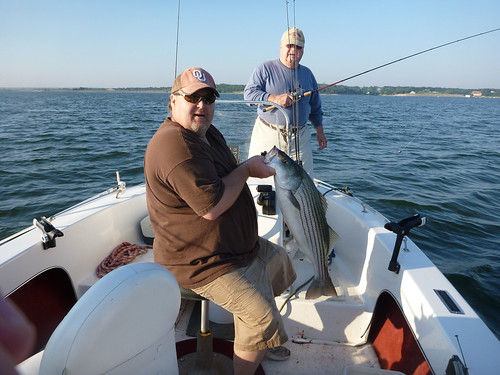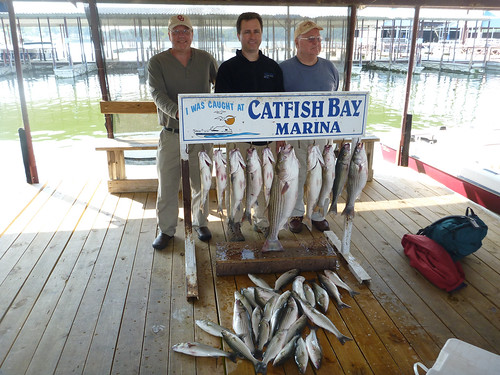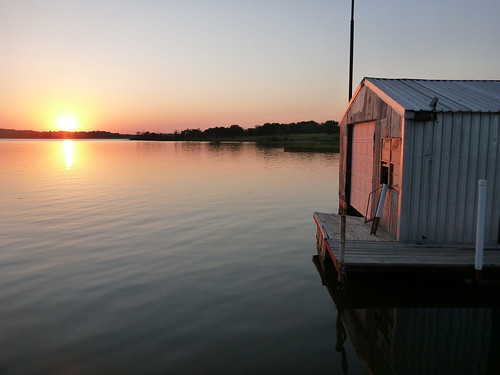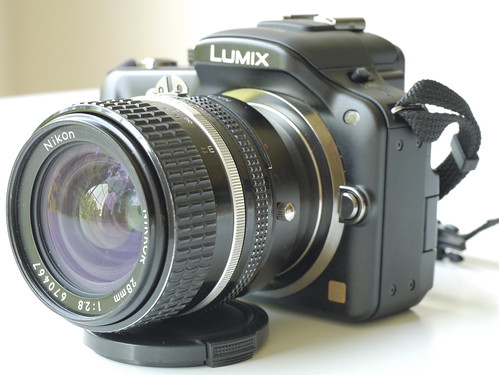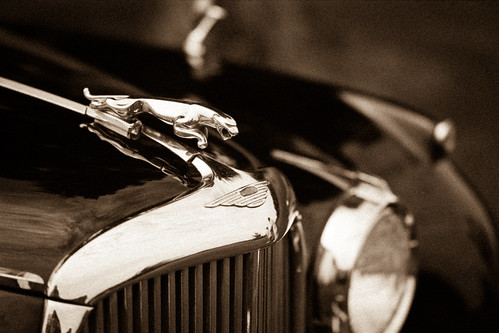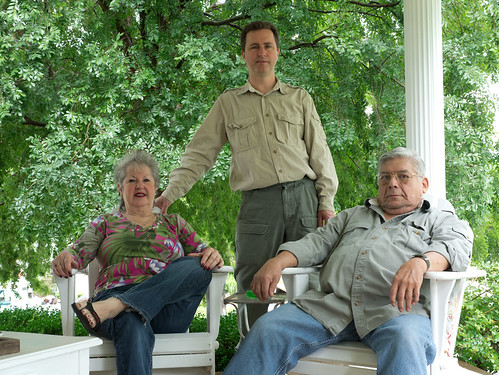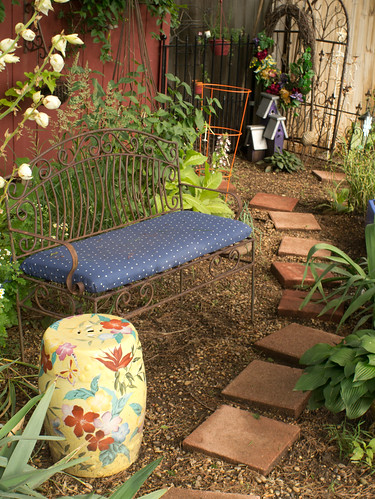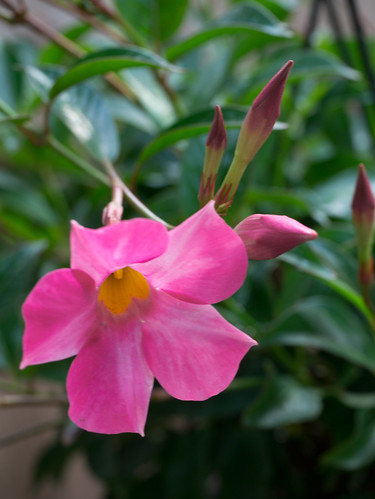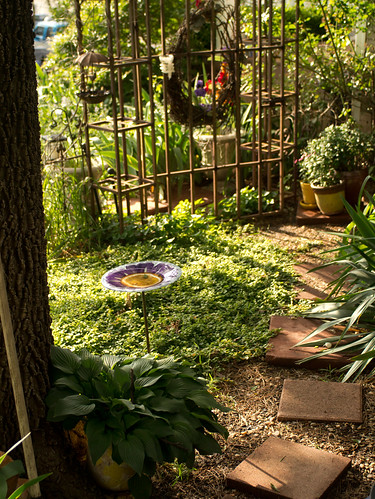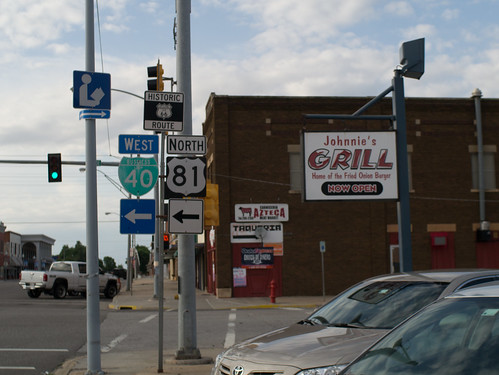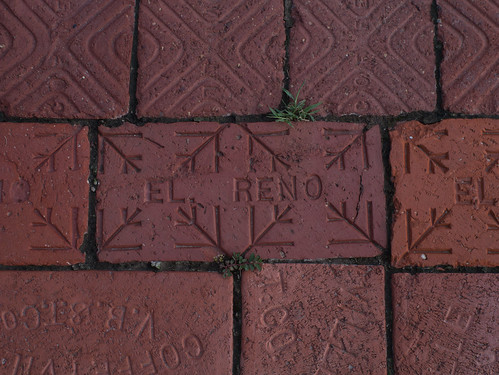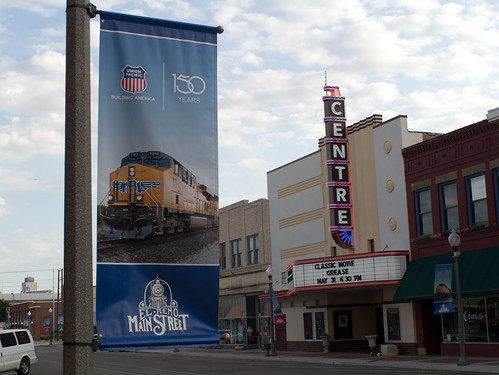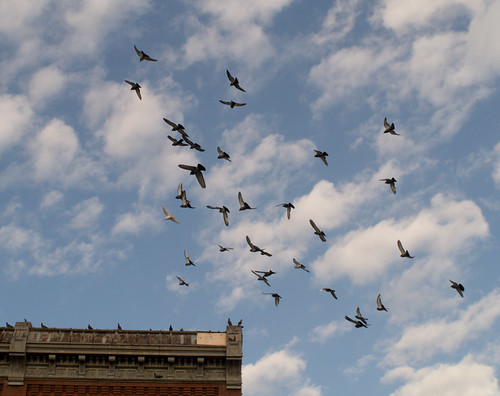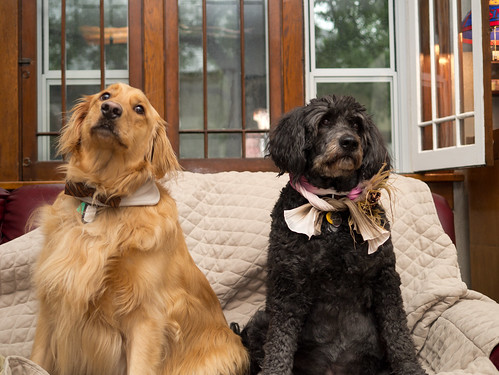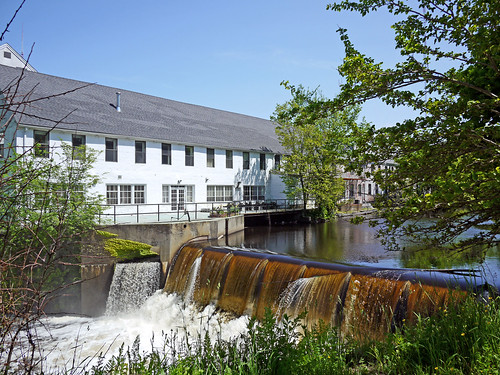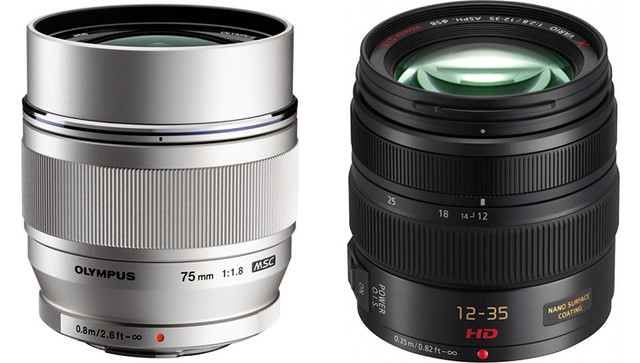Groveton Cemetery, Manassas, by Reed A. George
Panasonic Lumix DMC-G3, Lumix 14-140mm f4-5.8 at 95mm
iso 160, f5.8, 1/640 sec
Of the 266 confederate soldiers buried at Groveton, only two are identified.
Groveton Cemetery, Manassas, by Reed A. George
Panasonic Lumix DMC-G3, Lumix 14-140mm f4-5.8 at 41mm
iso 160, f5.3, 1/600 sec
James Jerman Palmer, South Carolina
Groveton Cemetery, Manassas, by Reed A. George
Panasonic Lumix DMC-G3, Lumix 14-140mm f4-5.8 at 54mm
iso 160, f5.3, 1/1250 sec
The 42nd Virginia reenactors were present to fire salute to their confederate comrades, and a wreath was presented at the memorial.
42nd Virginia, by Reed A. George
Panasonic Lumix DMC-G3, Lumix 14-140mm f4-5.8 at 140mm
iso 160, f5.8, 1/320 sec42nd Virginia, by Reed A. George
Panasonic Lumix DMC-G3, Lumix 14-140mm f4-5.8 at 140mm
iso 160, f8, 1/250 secWreath Laying, by Reed A George
Panasonic Lumix DMC-G3, Lumix 14-140mm f4-5.8 at 75mm
iso 400, f5.8, 1/1600 secWreath at Groveton, by Reed A George
Panasonic Lumix DMC-G3, Lumix 14-140mm f4-5.8 at 32mm
iso 400, f5.6, 1/2000 sec 42nd Virginia, by Reed A. George
Panasonic Lumix DMC-G3, Lumix 14-140mm f4-5.8 at 70mm
iso 400, f8, 1/800 sec After the ceremony at the cemetery, Manassas' own resident reenactor group performed a cannon demonstration:
Cannon Fire, by Reed A. George
Panasonic Lumix DMC-G3, Lumix 14-140mm f4-5.8 at 32mm
iso 400, f6.3, 1/500 sec
I love the way the camera captured the fuse line still hanging mid-air, and the cannon fire at full extension from the barrel. Lucky shot.
The rest of the event commemorated Union soldiers, who were represented by the reenactors of the 14th Brooklyn, the only outfit named after a city, rather than a state. They were also referred to as those "red-legged devils" by Stonewall Jackson and his troops.
14th Brooklyn (Composite of Two Images), by Reed A. George
Panasonic Lumix DMC-G3, Pana-Leica Summilux 25mm f1.4
iso 160, f4.5, 1/160 sec
At this point, the activities moved across the road to the 14th's monument on the battlefield.
14th Monument, by Reed A. George
14th Brooklyn Soldier, by Reed A. George
Panasonic Lumix DMC-G3, Pana-Leica Summilux 25mm f1.4
iso 160, f5.6, 1/160 sec
14th Brooklyn Soldier, by Reed A. George
Panasonic Lumix DMC-G3, Pana-Leica Summilux 25mm f1.4
iso 160, f5.6, 1/160 sec
14th Brooklyn Soldier, by Reed A. George
Panasonic Lumix DMC-G3, Lumix 14-140mm f4-5.8 at 140mm
iso 200, f6.3, 1/200 sec
A final volley was fired by the 14th to commemorate all of the fallen veterans.
14th Brooklyn Salute, by Reed A. George
Panasonic Lumix DMC-G3, Lumix 14-140mm f4-5.8 at 140mm
iso 200, f6.3, 1/200 sec
Marching to Destiny, the 14th Brooklyn, by Reed A. George
Panasonic Lumix DMC-G3, Lumix 14-140mm f4-5.8 at 78mm
iso 200, f6.3, 1/800 sec
As this event was held in 90 degree weather at noon, it is hard to imagine worse lighting conditions. Okay, I can imagine worse, but the contrast was pretty high, and the shadows were not very complementary to my subjects.
You will see that I attempted to use fill flash on the shots taken with the Summilux 25mm f1.4. I did this with my Nissin Di466 flash set on manual, which allowed me to control the flash level better than TTL would have. I have found that even at minimum power, the Di466 can overpower the ambient light. In order to help out in this situation, I used a 3-stop Lumix neutral density filter on the Summilux. This allowed me to find an f-stop where the flash at minimum power was not overpowering, then select a shutter speed to balance the ambient light as well as possible. These are all manual settings, and since the flash power varies as a square to the distance from the subject, it is very hard to find one setting that works for multiple shots. In both of the Summilux portraits shown here, I think I underexposed the ambient, and allowed too much flash power to come through. This is a learning process for me, but at least I'm making some progress.
DMC-365.blogspot.com
